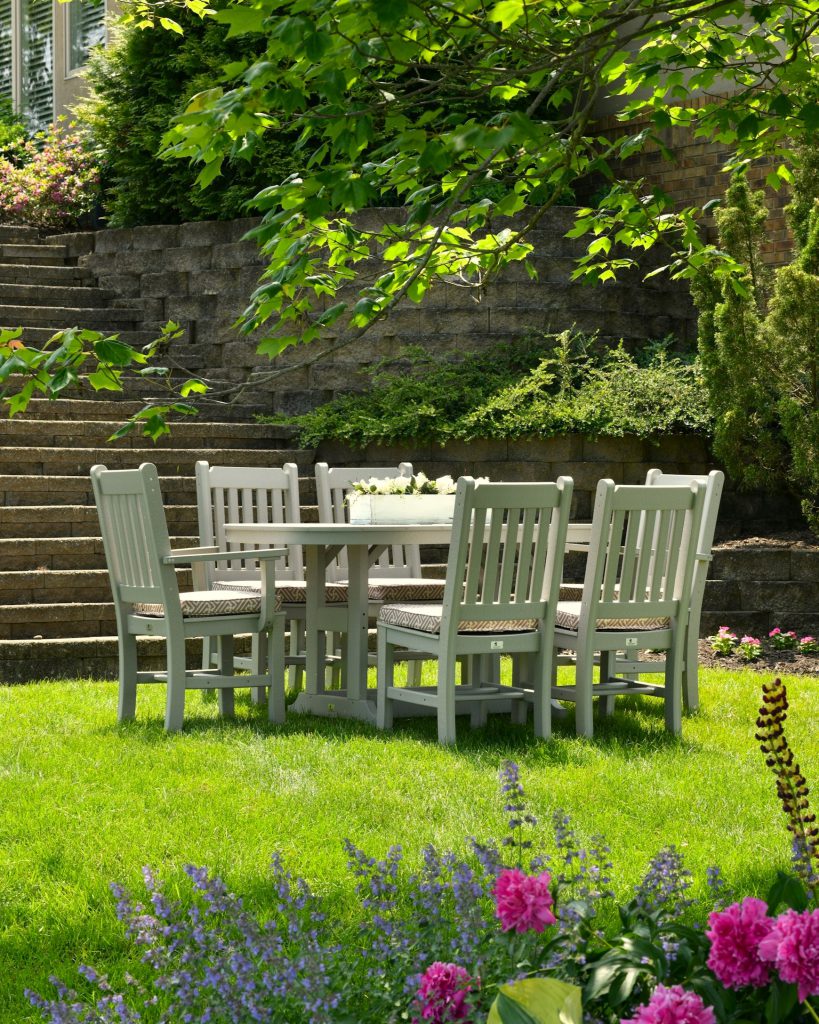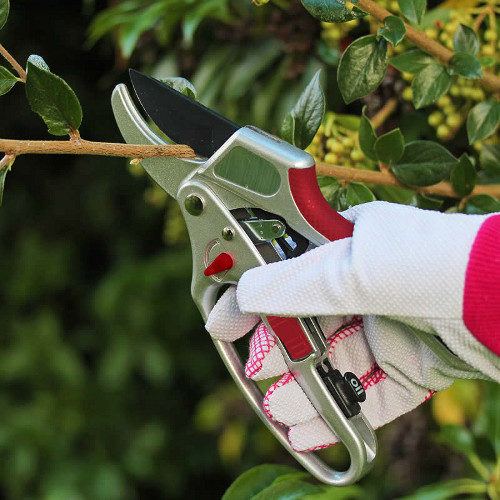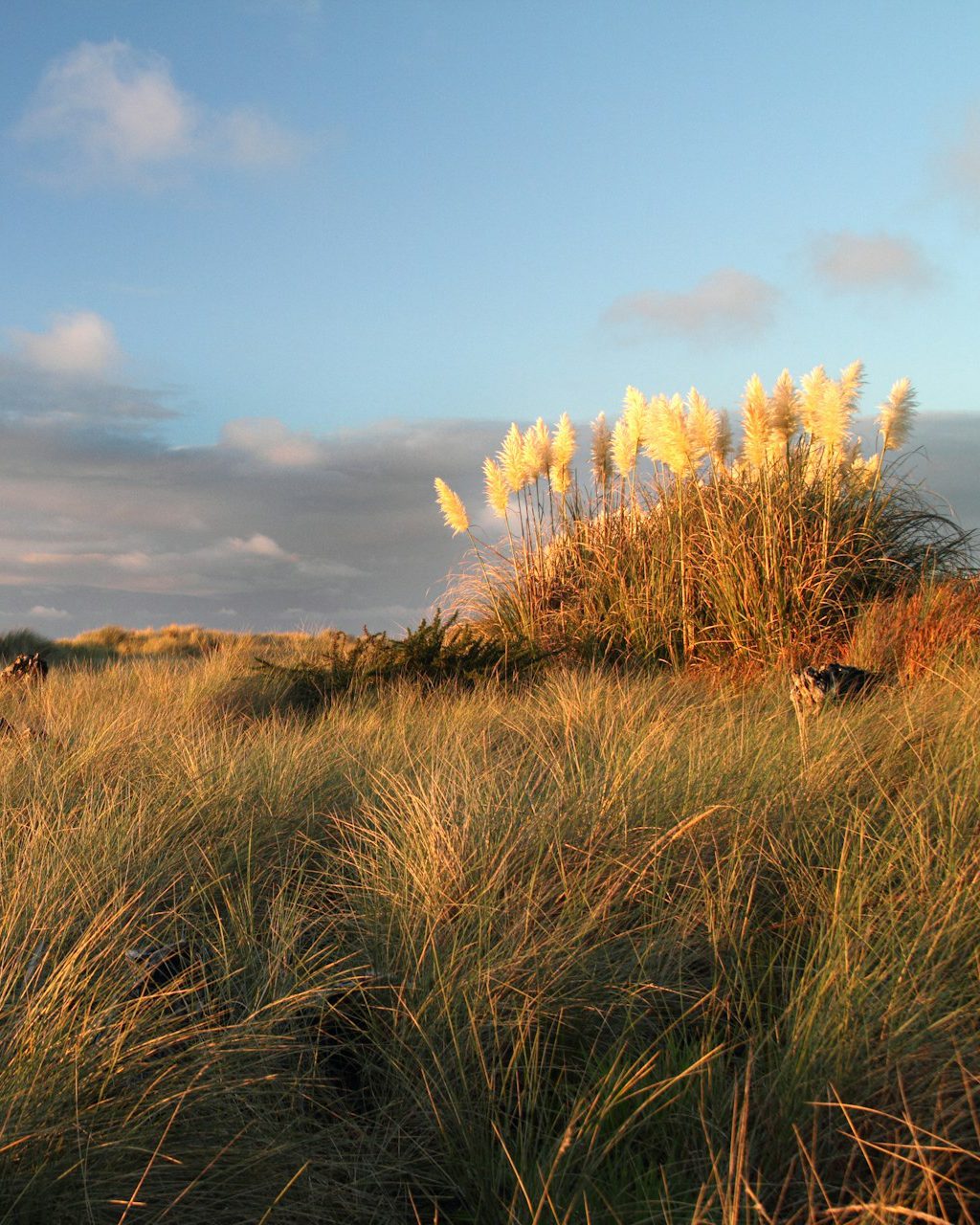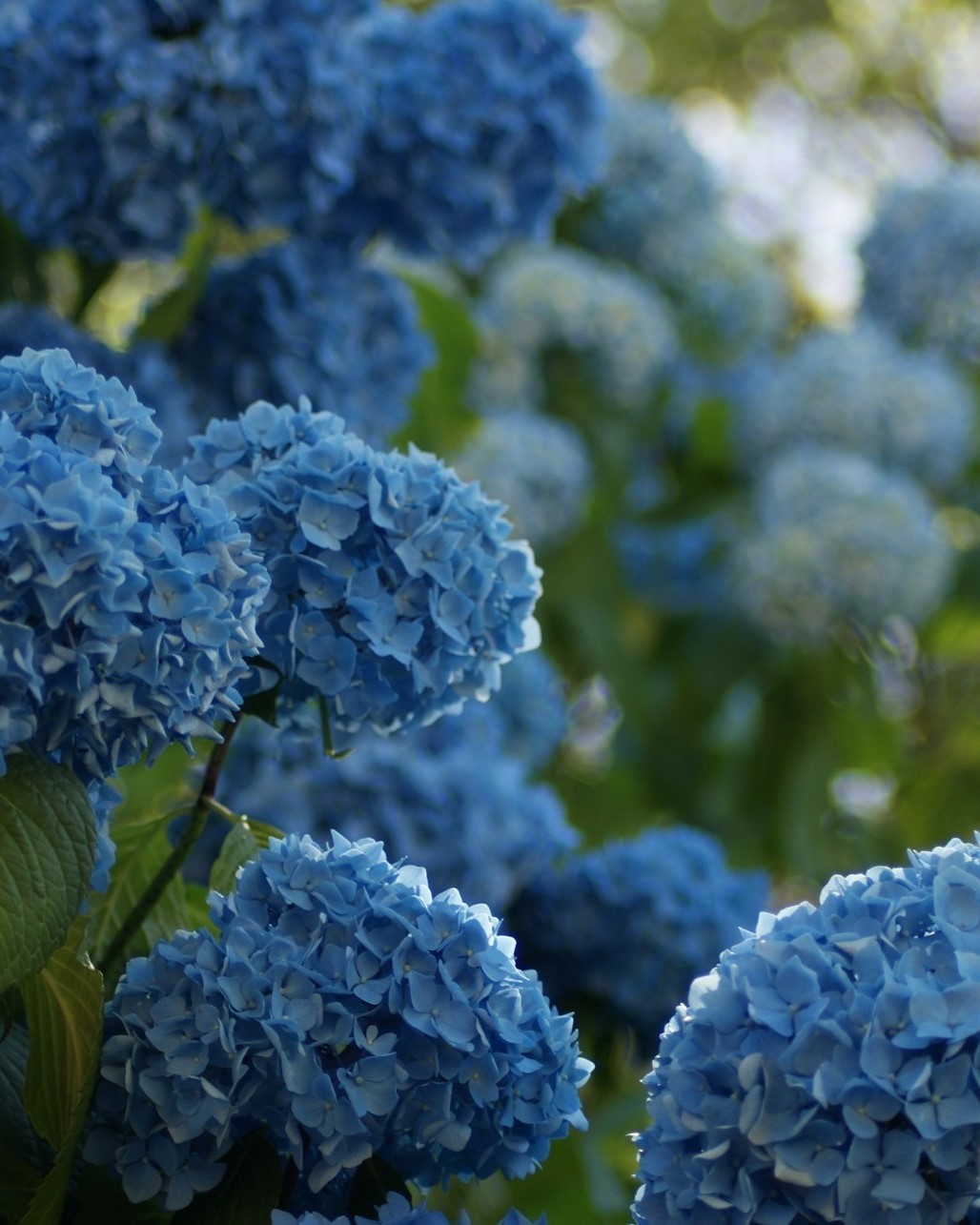
Eleanor Clarke
GARDENING
How to Avoid a Sad-Looking Lawn
We’ve got a lot of time for lawns. But we also recognise they’re not everyone’s cup of tea. We’ve embraced no-mow May, experimented with meadow seed mixes, dug out dandelions and then, the following year, let them grow and flower (a feast for pollinators in early spring and right through the season). All the while admiring the ordered stripes and velveteen turf achieved at our local National Trust properties.
So if you’re wondering what’s the right way to grow a lawn, then perhaps we’re not the ones to ask. As long as it’s not fake (please don’t even consider it: it’s plastic destined one day for landfill, overheats in summer, supports zero plants or wildlife; it’s an abomination), the right way is quite simply the way you want your lawn to be.
If yours is a family lawn for kicking a ball about and riding a bike over, then it’s best to accept that ‘perfection’ will never be achieved. Your lawn will be patchy, with moss and weeds colonising the shadier, more stressed patches of your turf. But that’s okay. Rough up the surface of any bald patches in spring, rake them smooth, then sow with a heard-wearing grass seed mix. And accept you’ll probably need to do this annually at least.

Powis Castle, Welshpool (Photo: Marian Florinel Condruz)
The magic of mowing
There are few lawn problems that can’t be resolved with regular mowing, and that’s a fact. If you want dense, springy, lounge-worthy turf, mow often (from March to about November in London), with the mower blades set to medium. A monthly scalping from shaggy to nearly bald is not the way forward. Remember that grass is tough, and it grows using horizontal runners just below the surface of the soil. The more you cut the sward, the more your grass will run, so the thicker it will get. In spring you can probably get away with mowing once a fortnight (set the blade to its highest for the first cut of the year and choose a dry day), increasing to once a week from May, (easing off if the weather’s very dry) and decreasing again in autumn. Define the edges of your lawn with shears if you like a neat look.
What to do about weeds
First off, remember that one woman’s weed is another’s beautiful flower – and an insect’s nectar fountain. Then think about which, if any, weeds you want to banish. Some are more pushy than others and can quickly dominate in a lawn. Dandelions and creeping buttercup are two that might fall into this category; but they’re fairly easily kept to manageable levels by scooping them out every now and then with an old fork (absolutely no reason to use weedkillers). We’re inclined not to worry about clover and daisies: they’re so pretty after all…

Tyntesfield National Trust Park and gardens, Bristol (Photo: Laura Kirkland Moore)
Should I water or use a sprinkler?
The short answer is no. In fact, the long answer is also no. Grass is really tough and not worth wasting water on. If it turns brown in a heatwave, just be thankful that you get a break from mowing. It’ll green up again come autumn, when you could give it a boost with some lawn feed.
Why is my lawn patchy?
Patchy lawns can be caused by a number of different factors. If you run a muddy trail through it all winter, from house to compost bin or shed, for example, it’s worth formalising that path arrangement by sinking some stepping stones into the turf (make sure they’re deep enough not to catch on the mower). Realistically, you’re unlikely to change your route. If it’s an abundance of shade that’s stopping your grass growing, then think about re-sowing with a shade-tolerant grass seed mix or raising the canopy of overhanging trees by removing some of their lower branches. Alternatively, plant something that will creep and cover the ground like grass does, but which grows well in shade: mind your own business (soleiriolia soleirolii) is a brilliant fix, and you can mow over it just as you would turf.
What about leaves?
Whatever your style of lawn, fallen leaves won’t do it any good. They’ll gather into damp heaps and stunt (or kill) the grass growing underneath. The odd handful here and there won’t do much harm, but do rake them up in autumn (use a spring-tine rake). No need to chuck the leaves though: either add them to your compost heap or bag them up in black bags, punch a few holes in, then leave in a corner to turn into crumbly leaf mould. This makes a nutritious plant pick-me-up and soil improver, spread around shrubs, bulbs and perennials in early spring.
Read more:
GARDEN DESIGN
OUTDOOR PLANTS
WILDLIFE
OUTDOOR PLANTS
GARDEN DESIGN
Shop from this story:

Garden Accessories

Garden Tools






